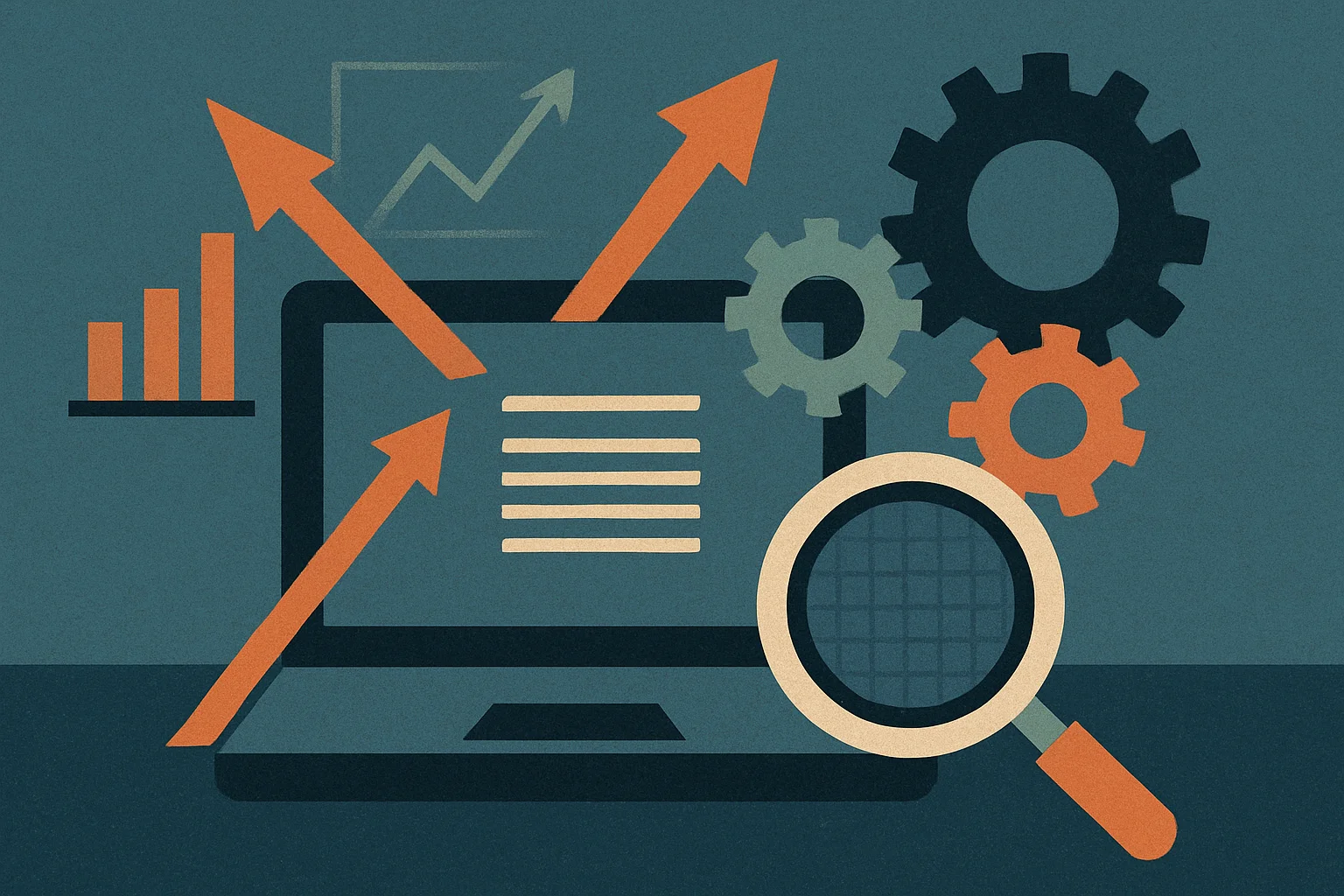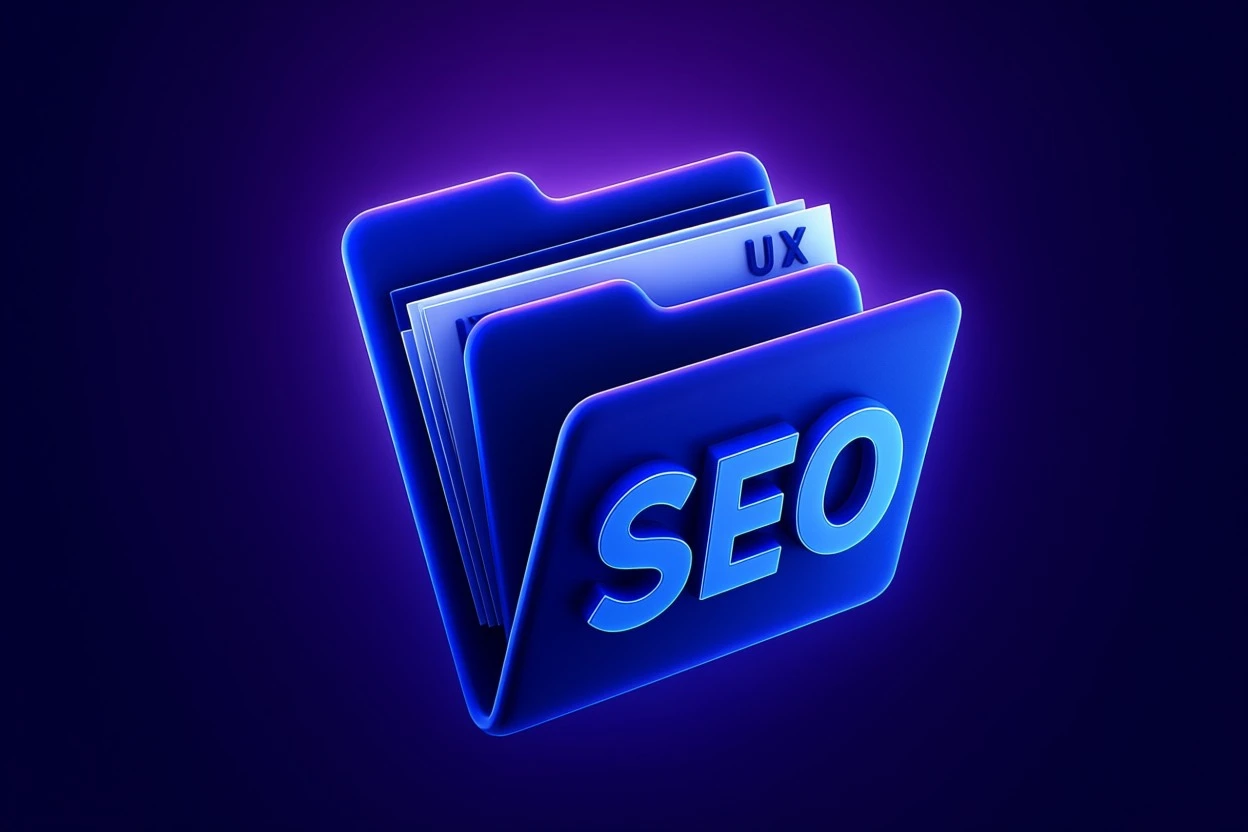Let’s be real: when someone says “SEO,” most devs mentally check out. That’s marketing’s thing, right? Not quite. In the SaaS world, technical SEO is a shared responsibility — and developers are the ones holding the real keys to visibility.
If your app takes five seconds to load or your JavaScript kills indexing, no amount of keywords will save you.
Let’s dive into how technical SEO makes or breaks SaaS — and why your dev team should be driving it.
What Is Technical SEO? (And Why Should SaaS Founders Care?)
Technical SEO is all about making your site easy to crawl, fast to load, and structured for both humans and search engines. That means:
- Clean URL structure
- Fast loading times
- Proper use of headings
- Mobile-first architecture
- Semantic HTML and schema markup
- No broken links, duplicate content, or orphan pages
For SaaS platforms, this directly affects sign-ups, demo bookings, and organic growth.
Devs, This Is Your Playground
Marketing can write all the landing page copy in the world, but if your Next.js app is a crawlability nightmare or your API is delaying first contentful paint, Google won’t care.
Here’s where developers matter most in SEO for SaaS:
1. Page Speed Optimization
You know the tools: Lighthouse, WebPageTest, PageSpeed Insights. But do you actually budget time to use them?
- Lazy-load non-critical scripts
- Compress assets (WebP > JPEG)
- Minimize JS bundles
- Use server-side rendering or static generation
Faster pages = better rankings and lower bounce rates.
2. Crawlability and Indexing
Your robots.txt and sitemap.xml aren't optional.
- Enable proper robots directives
- Generate and submit updated XML sitemaps
- Avoid rendering-only content (Google’s bot doesn’t always wait for JS)
Tip: Use schema.org/WebPage to give your pages meaning.
3. Canonical URLs & Link Hygiene
Ever had duplicate content issues? Use <link rel="canonical"> correctly. And make sure:
- Internal links use clear, keyword-rich anchor text
- There are no broken or redirected chains
- Pagination is handled with rel=prev/next (if still relevant)
4. Semantic Structure & Accessibility
HTML5 tags matter: <article>, <section>, <header>, <nav>. This isn’t just for screen readers — it helps Google understand what’s what.
Bonus: screen-reader-friendly apps are just better.
SaaS SEO Checklist for Developers
- Core Web Vitals in the green
- Page speed < 2 seconds
- Sitemap.xml auto-generated on deploy
- robots.txt present and correct
- Semantic HTML5
- Schema markup
- Accessible navigation and content
This isn’t fluff — it’s real engineering that directly impacts growth.
Technical SEO + SaaS = Long-Term Wins
Want better CAC? Lower churn? More demos booked? You need organic traffic. And to get that, you need technical SEO baked into your SaaS from day one.
At Integritas, we treat SEO as infrastructure — just like uptime and security.
If you're building or scaling a SaaS product, don’t wait for a marketing audit. Start building with technical SEO in mind.
Explore more about UI/UX design and Node.js development for scalable SEO-ready apps.
🚀 Ready to boost your SaaS visibility from the inside out?
Contact Integritas — we’ll make your product technically SEO-proof.
Contact Integritas




